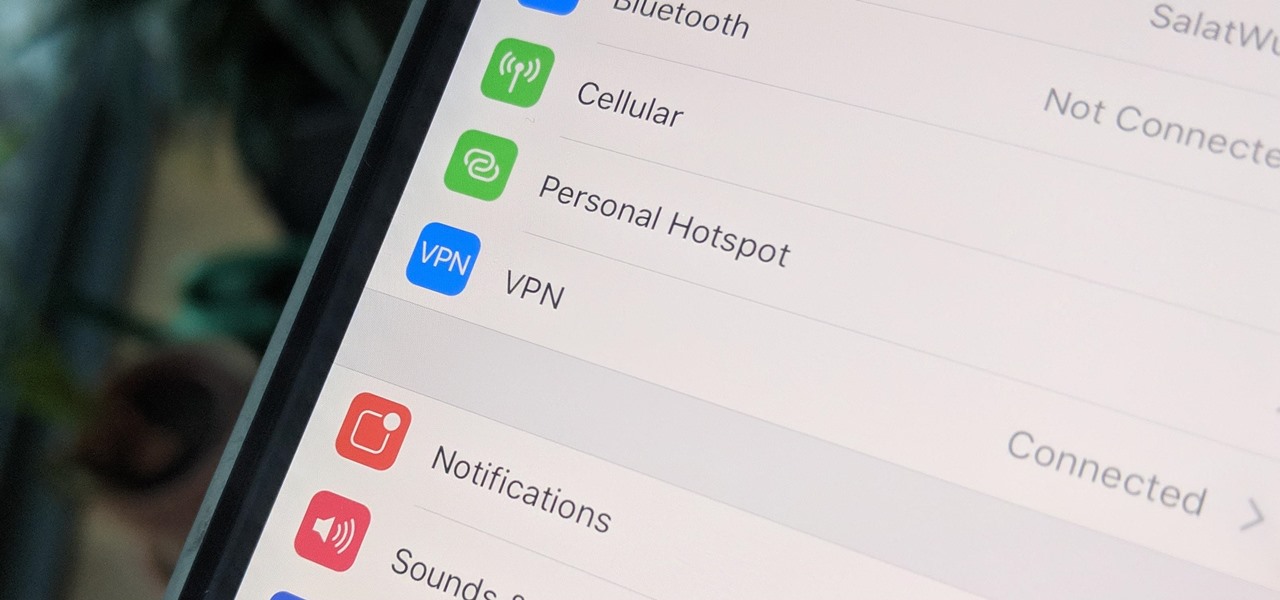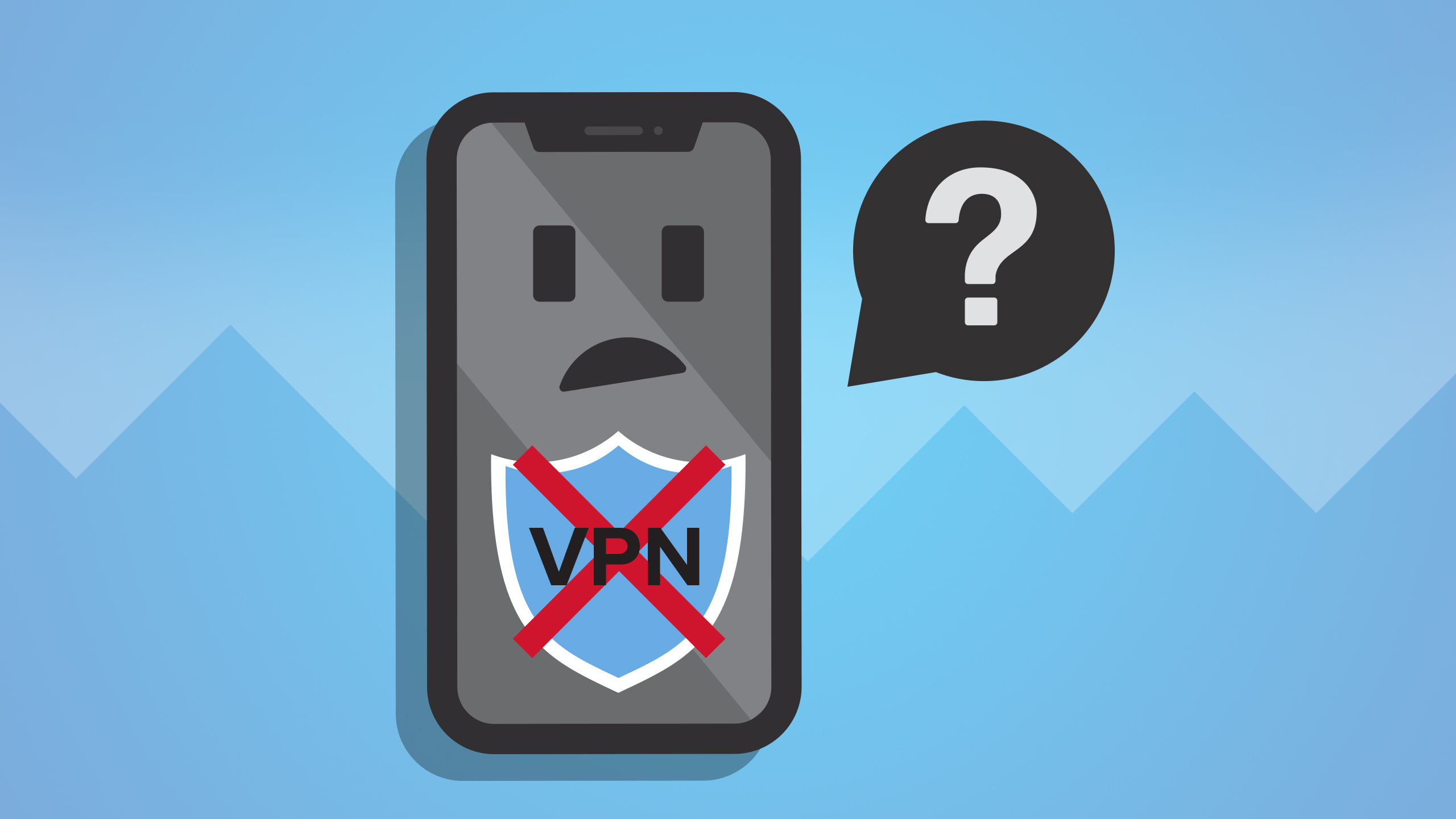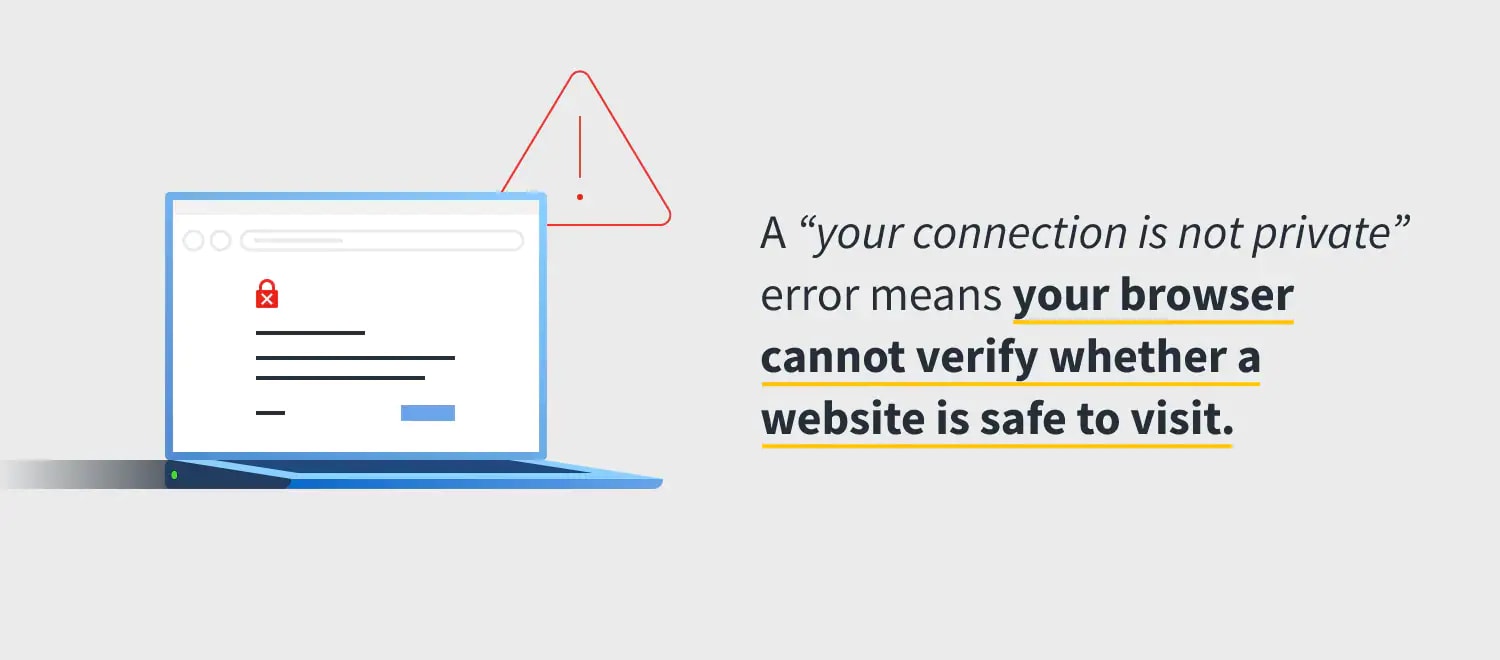Featured
Table of Contents
The Most Common Zoom Problems And How To Fix Them Now

The Routing and Remote Gain access to snap-in lives within the Microsoft Management Console, referred to as the MMC. There are multiple methods to access the MMC. You can select the console from the Start menu's Programs alternatives, within the Administrative Tools folder within Windows server's Control Panel or by typing mmc at a command prompt.
As Tech, Republic's Brandon Vigliarolo shows within his video at the start of this article, the Providers console displays the status of the Routing and Remote Gain access to entry. From within the Services console and with the Routing and Remote Access entry highlighted, you can click Start the Service or right-click the entry and select Restart.
In some cases the VPN client and VPN server are set to utilizing different authentication techniques. Validate whether an authentication mistake is the issue by opening the server console. Another method of accessing the MMC is to type Control+R to open a command timely in which you can type mmc and struck Enter or click OK.
If the entry isn't present, click File, select Add/Remove Snap-in, choose the Routing and Remote Gain access to option from the options and click Add, then OK. With the Routing and Remote Gain access to snap-in added, right-click on the VPN server and click Characteristics. Then, review the Security tab to validate the authentication approach.
Vpn Troubleshooting
Make sure the VPN customer is set to the authentication technique specified within the Security tab. Generally the products just evaluated are accountable for a lot of VPN connection rejection mistakes.
Each Web-based VPN connection generally utilizes 2 various IP addresses for the VPN customer computer system. This is the IP address that's used to develop the initial TCP/IP connection to the VPN server over the Internet.

This IP address typically possesses the exact same subnet as the regional network and therefore enables the customer to interact with the local network. When you set up the VPN server, you need to set up a DHCP server to designate addresses to clients, or you can develop a bank of IP addresses to appoint to clients straight from the VPN server.


If this alternative is chosen and the efficient remote gain access to policy is set to enable remote gain access to, the user will have the ability to connect to the VPN. I have been unable to re-create the scenario personally, I have heard rumors that a bug exists in older Windows servers that can cause the connection to be accepted even if the efficient remote gain access to policy is set to reject a user's connection.
Common Issues · Cloudflare Zero Trust Docs

Another common VPN issue is that a connection is effectively established but the remote user is unable to access the network beyond the VPN server. Without a doubt, the most common reason for this problem is that approval hasn't been approved for the user to access the whole network. To permit a user to access the whole network, go to the Routing and Remote Gain access to console and right-click on the VPN server that's having the problem.
At the top of the IP tab is an Enable IP Routing check box. If this check box is enabled, VPN users will have the ability to access the rest of the network, presuming network firewalls and security-as-a-service settings allow. If the checkbox is not chosen, these users will have the ability to access just the VPN server, but absolutely nothing beyond.
For instance, if a user is calling directly into the VPN server, it's generally best to configure a fixed path in between the customer and the server. You can set up a static path by going to the Dial In tab of the user's properties sheet in Active Directory site Users and Computers and choosing the Apply A Static Path check box.
Click the Include Path button and then go into the location IP address and network mask in the space offered. The metric need to be left at 1. If you're utilizing a DHCP server to appoint IP addresses to customers, there are a couple of other issues that could trigger users not to be able to surpass the VPN server.
Vpn Won't Connect? Common Vpn Problems And Fixes
If the DHCP server appoints the user an IP address that is currently in use in other places on the network, Windows will detect the conflict and avoid the user from accessing the rest of the network. Another common issue is the user not getting an address at all. The majority of the time, if the DHCP server can't assign the user an IP address, the connection won't make it this far.
254.x. x range. If the customer is designated an address in a variety that's not present within the system's routing tables, the user will be unable to navigate the network beyond the VPN server. Other issues can contribute to this issue, too. Guarantee the resources the user is trying to access are actually on the network to which the user is linking.
A VPN connection to the other subnet might, in fact, be required. A firewall software or security as a service solution might likewise be to blame, so do not forget to review those options' settings, if such parts are present in between the VPN server and the resources the user seeks to reach.
The first possibility is that a person or more of the routers included is performing IP package filtering. IP packet filtering might prevent IP tunnel traffic. I suggest checking the customer, the server and any machines in between for IP package filters. You can do this by clicking the Advanced button on each maker's TCP/IP Residences sheet, choosing the Options tab from the Advanced TCP/IP Settings Residence sheet, choosing TCP/IP Filtering and clicking the Characteristics button.
Latest Posts
Best Free Vpn For Business In 2023
How The Vpn By Google One Works
The Best Vpns For Android In 2023